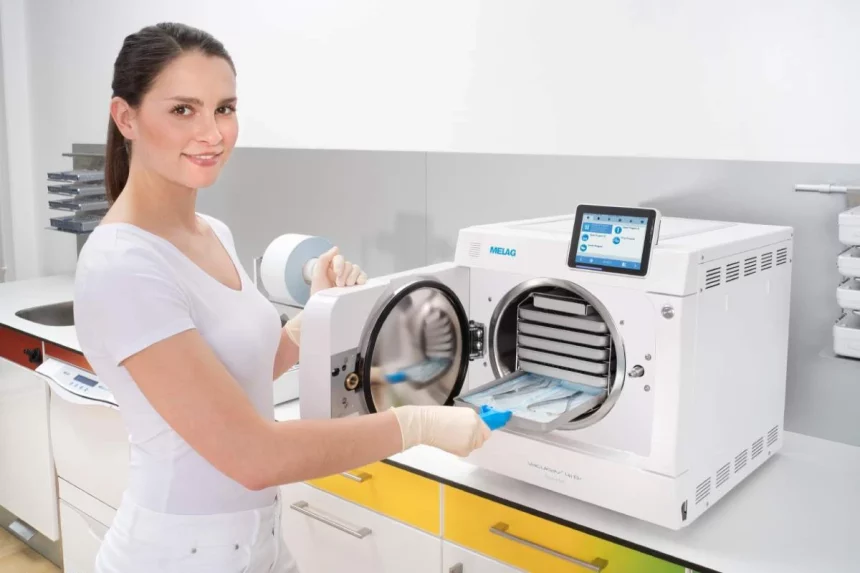There are many benefits to using autoclaves as a hospital sterilization method. It’s no wonder they have become such a widespread solution in the healthcare industry. Read on to find out what makes them so effective!
When Did Autoclaves become a Prominent Hospital Sterilization Method?
Autoclaves became more and more widespread as a hospital sterilization method around the early 20th century. However, the first “steam sterilizer” machine already saw the light of day in the 19th century thanks to Charles Chamberland. He was one of the pupils of Louis Pasteur and worked as a microbiologist.
He was the one who helped realize his mentor’s project – Louis Pasteur had already realized that moist heat could be a better way for doctors and surgeons to treat their tools. This way, they could be reused again without the risk of infections spreading among patients.
Charles managed to put this theory into practice by inventing the world’s first autoclave. The principle remains the same until this day: high-temperature steam under pressure to treat and remove foreign materials from the surface of hospital equipment and waste.
Of course, some autoclave types may be more suited as a hospital sterilization method than others.
Why should hospitals use autoclaves as their sterilization method?
There are many reasons why autoclaves are one of the best hospital sterilization methods.
- Steam sterilizers enable staff to reuse medical equipment, such as tools used in surgical operations, but even textile-based elements of PPE (Personal Protective Equipment). No need to keep throwing away useful equipment as hazardous waste.
- Having an autoclave as your on-site hospital sterilization method also allows you to reduce your costs. Since your red bag waste will be already sterile, it can be thrown away like regular waste, instead of having to pay for a licensed hazardous waste removal service.
- This also means you don’t have to store potentially infectious waste.
- With temperatures ranging between 121 and 134 degrees Celsius, steam sterilizers can deal effectively with heat-resistant foreign materials.
- Compared to incinerators, using autoclaves as your hospital sterilization method is cheaper and more convenient. Steam sterilizers require much less space to remain installed and use up much less energy. They also present zero risk of air pollution.
Hospital sterilization method: which autoclave is the “best”?
One of the best hospital sterilization methods available on the market is the class B autoclave. Also known as steam sterilizers with vacuum-based cycles. They are much faster and more versatile compared to class N, S, and gravity cycle-based models.
Thanks to a powerful vacuum pump, they can suck all the air out of the machine’s chamber, providing an ideal environment for steam sterilization. This allows the treatment of more types of materials. Which is especially important in hospitals where staff uses all kinds of equipment, and generate different types of waste.
One full cycle (including drying and cooling the load inside the chamber) only takes about 20 minutes, which also allows staff to work more efficiently.






